Scroll through images from Stradanus’s Nova reperta, a series of engravings representing geographical, navigational, and astronomical discoveries as well as mechanical and manufacturing innovations from milling and metallurgical techniques to oil painting and printing. For most inventions, the Nova reperta offered a compressed view of each step in the production process within a unified and densely populated pictorial space, according to Susan Dackerman’s catalog for Prints and the Pursuit of Knowledge in Early Modern Europe. Learn more about this Harvard Art Museums exhibit in Jennifer Carling and Jonathan Shaw’s article “Spheres of Knowledge,” from the November-December 2011 issue.
Inventions in Early Modern Europe
Images from Stradanus’s "Nova reperta," a series of engravings representing technological innovations of the modern age from the perspective of a practicing artist
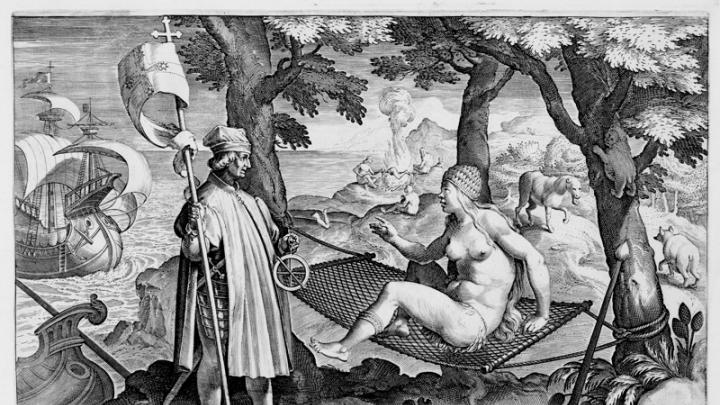
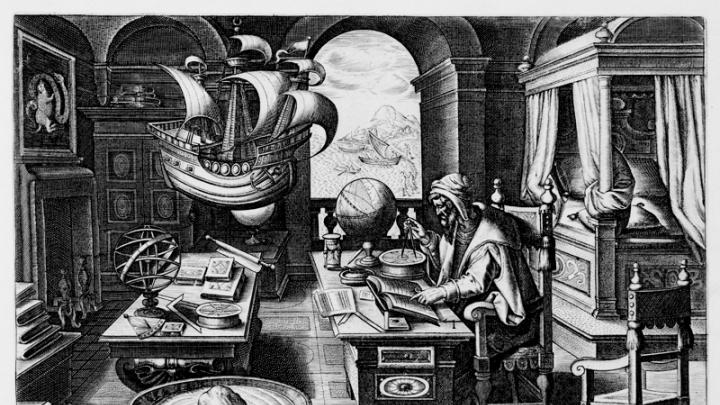
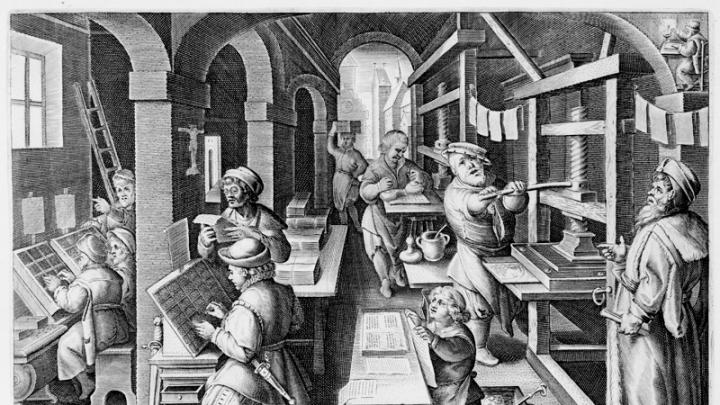
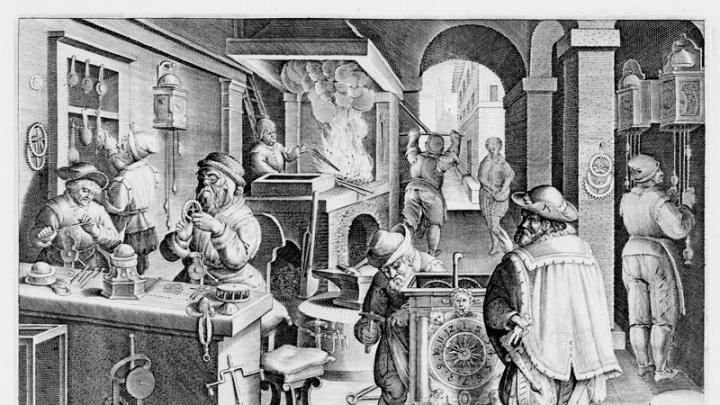
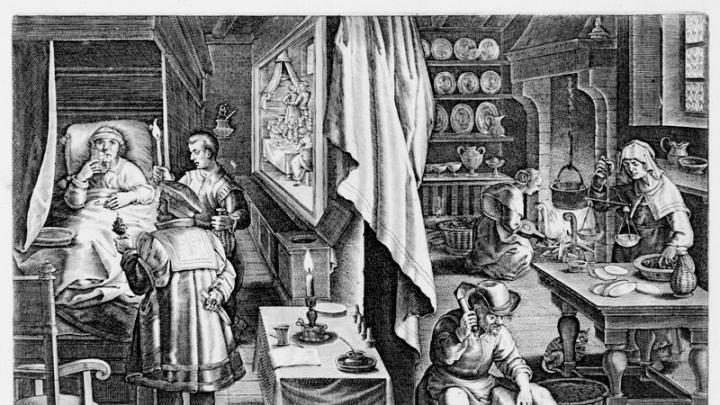
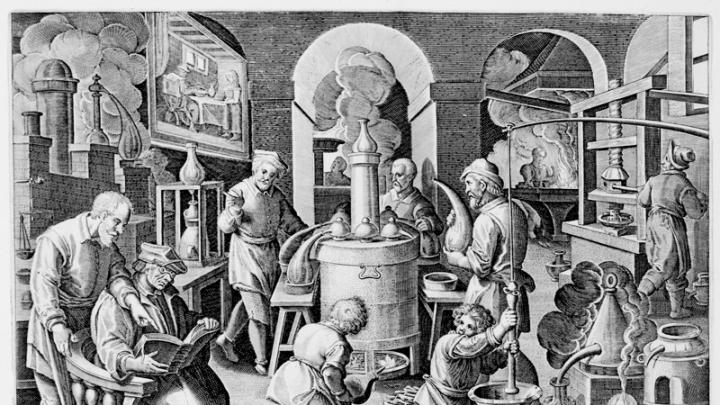
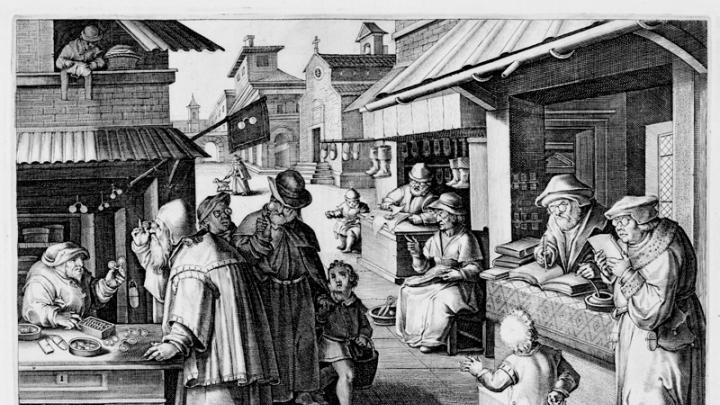
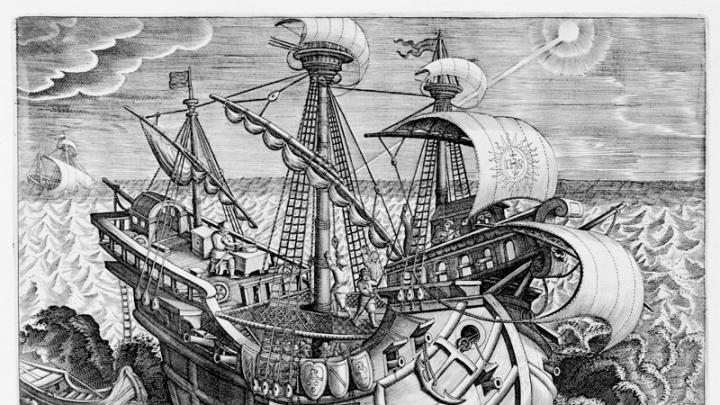
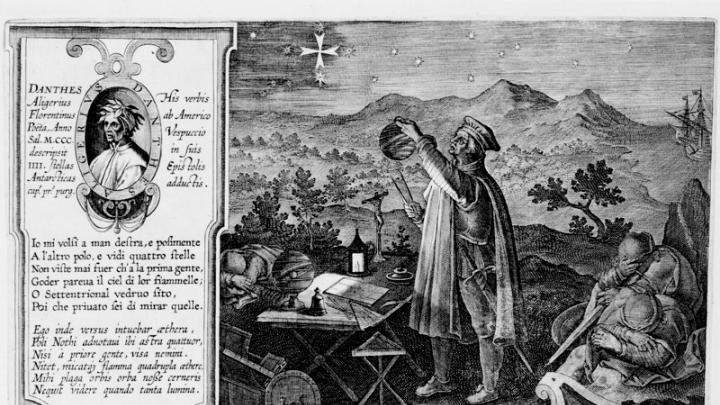
You might also like
Sam Altman’s Vision for the Future
OpenAI CEO on progress, safety, and policy
The Picture of Freedom
A Boston Athenaeum exhibit explores an abolitionist with Harvard ties.
Jeff Lichtman Appointed Dean of Science
Neuroscientist to lead Harvard Faculty of Arts and Sciences division
Most popular
More to explore
How is Artificial Intelligence Being Taught at Harvard?
A new Harvard course on artificial intelligence teaches students how to use the tool responsibly.
Civil War American Writer and Abolitionist John Greenleaf Whittier
Homes of the poet and abolitionist, whose verses were said to have inspired Abraham Lincoln.







